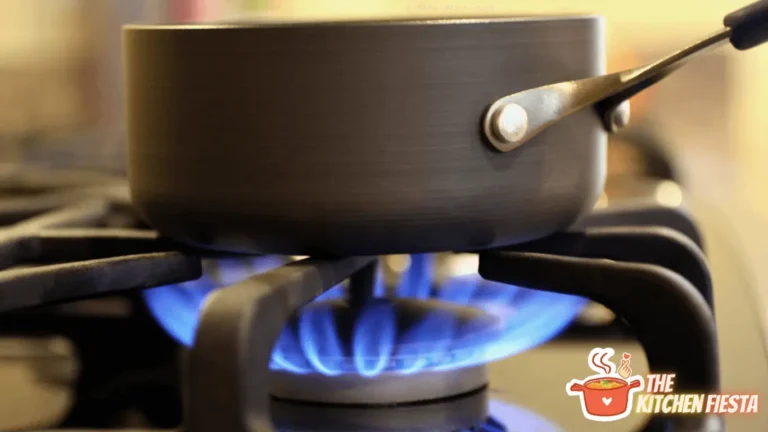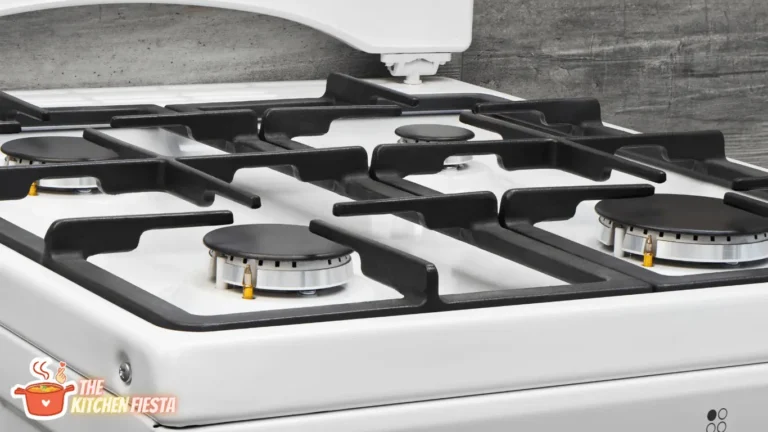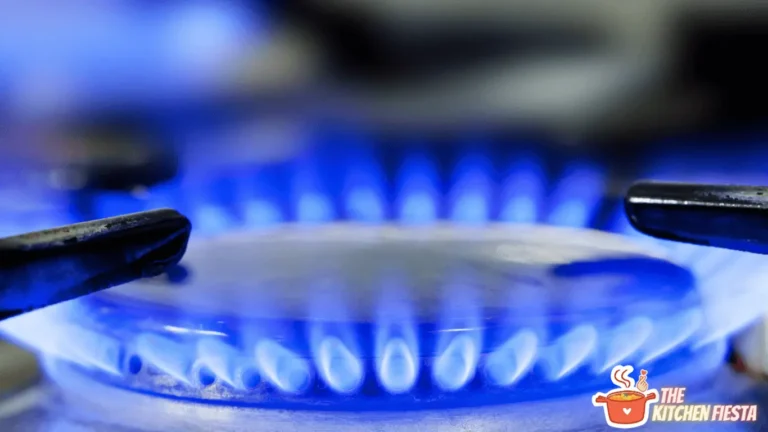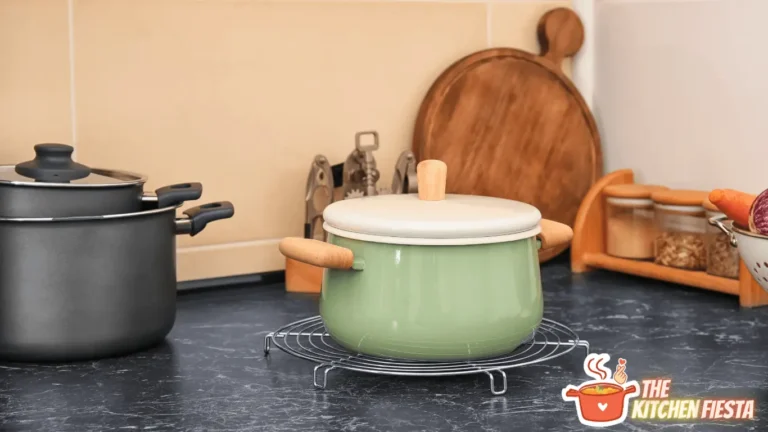Should You Leave a Butane Canister Connected to Your Camping Stove?
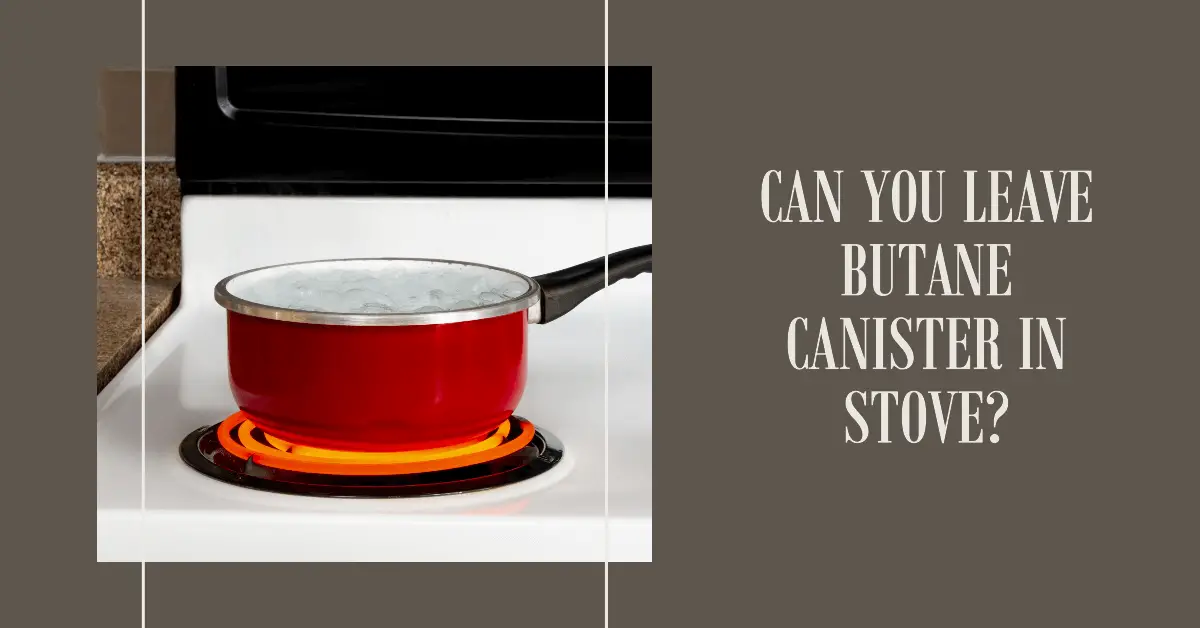
Camping is an amazing way to escape everyday life and enjoy the great outdoors. After setting up your tent, one of the best parts is cooking a hot meal on your trusty camping stove. But when mealtime is over, what do you do with the butane canister that fuels your stove? Should you leave it connected or disconnect it after each use?
The short answer is that you should disconnect your butane canister from the stove after every use. Leaving it attached can lead to potential safety hazards from leaks, explosions, and improper storage. While it may seem more convenient to leave it hooked up, taking the quick steps to detach the canister after cooking will give you peace of mind and prevent accidents.
This comprehensive guide will cover everything you need to know about safely handling butane canister stoves. We’ll discuss:
- The risks of leaving a canister connected
- How to properly disconnect and reconnect it
- Storing canisters separately vs. attached
- Additional safety tips for using portable butane stoves
- Top-rated butane stove models to consider
So read on to get the full scoop on keeping your next camping meals safe and enjoyable using your butane-fueled camping stove!
Dangers of Leaving the Canister Connected to Your Stove
Portable camping stoves that run on detachable butane canisters provide a convenient way to cook outdoors. The canisters screw directly onto the stove and supply pressurized gas that ignites to generate flame.
While butane is a common fuel source for camping stoves, it does come with risks. Butane is highly flammable gas that should be handled with care. Leaving a canister connected to your lit stove or failing to store it properly can lead to dangerous leaks, explosions, or accidental ignition.
Specifically, some key risks include:
- Gas leaks – Over time, seals and valves on the canister could weaken and lead to leaks. This allows flammable gas to accumulate in confined spaces.
- Explosions – If exposed to high heat or punctured, pressure can build up inside the canister and cause a fiery blast.
- Unintentional ignition – Accidentally knocking over or activating a stove with the canister attached could start a fire.
- Inadequate ventilation – Keeping a sealed canister hooked up prevents dangerous gases from diffusing.
Butane is odorless and invisible when leaking, so these hazards may go undetected. That’s why following safety precautions like disconnecting your canister after cooking is so important.
How Does the Canister Valve Work?
To understand the benefits of disconnecting your butane canister between uses, it helps to know how the valve works.
There is an integrated valve inside the top of every disposable butane canister. This valve controls the gas flow from the pressurized interior out to the stove. When you screw a canister onto your stove, it depresses a key in the valve which opens it to release gas.
When the canister is detached from the stove, the valve automatically closes. This stops the gas flow and seals the pressurized contents safely inside.
The valve is designed as a safety mechanism to avoid continuous leaks when a stove is connected. It works in a similar way to how a hose bib shuts off water flow from the spigot when the hose is removed.
So even when a stove is left assembled with a canister attached, the closed valve prevents gas from escaping constantly. However, this doesn’t mean detachment between uses isn’t still recommended.
Over time, residue build up and wear could impede the valve’s ability to seal properly. This means small leaks could occur even with the stove disconnected. Frequent detachment helps maintain the valve’s integrity and ensure no leaking gas accumulates.
Are Manufacturers’ Guidelines Clear on This?
Opinions are mixed on whether you should leave a butane canister attached to your stove between uses. But most major camping stove brands recommend detaching it for storage and transport.
For example, the official safety tips from MSR (a leading backpacking equipment manufacturer) state:
“Disconnect the canister when storing your stove. This will isolate the flammable gas supply and help prevent leaks or accidental ignitions.”
Snow Peak, another popular outdoor brand, advises:
“Be sure to disconnect the gas canister from the stove after each use.”
And the warning label right on butane canisters reads:
“Detach from stove when not in use.”
So while disconnecting the canister may seem inconvenient compared to leaving it screwed in, it aligns with most manufacturers’ guidance. Following their safety precautions is wise.
Should You Store the Canister Attached or Separate?
Knowing you should detach the gas canister eventually, the next question is when you should disconnect it. Is it okay to leave it hooked up until you’re completely done camping? Or should you remove it immediately after each use?
This depends on personal preference, but there are pros and cons to each approach:
Benefits of Disconnecting After Every Use
Detaching the gas canister after each time you cook provides the greatest safety:
- Minimizes risk of leaks or ignition while stove is inactive
- Allows any residual gas to diffuse safely
- Closes valve to ensure a tight seal and prevent leaks
- Forces you to inspect seals, valves, connectors frequently
- Easy to reconnect later by screwing it back on
Reasons Some Campers Leave It Attached
While disconnecting after each use has safety advantages, some choose to leave the canister screwed onto their stove if:
- They don’t want to struggle reconnecting a cold canister
- Are cooking multiple meals in a row
- Find it inconvenient to detach and stow separately
- Trust their particular stove and canister to seal reliably
So choosing when to disconnect comes down to your comfort level. Newer campers may prefer detaching after each meal for simplicity and security. Veteran outdoorsmen sometimes leave it assembled for the full trip.
If you do choose to keep it connected in between uses, take extra precautions like storing upright in cool shade and away from flammable objects. Also do a thorough leak check before packing up.
Best Practices for Safe Storage Either Way
To safely store your canister and stove whether attached or separate, keep these tips in mind:
- Store in cool, shaded areas – Heat can cause pressure buildup.
- Prevent punctures or damage – Dents and cracks can lead to leaks.
- Keep away from flames, sparks, ignition sources – Avoid accidental ignition.
- Store upright and below 120°F – Prevents valve leaks.
- Disconnect from stove if storing long term – Preserves seal integrity.
- Transport in a protective case – Guards against impacts.
Following this smart storage guidance will keep your canister in optimal condition whether you disconnect after every meal or leave it hooked up for a full trip.
Step-by-Step Guide to Disconnecting and Reconnecting
If you choose to remove your canister between uses, the process is quick and straightforward:
To Disconnect:
- Confirm stove valve is off and any residual flame is fully extinguished.
- Once cool, use hand grip to unscrew canister counter-clockwise from the stove connector.
- Safely stow canister in an upright, secure position away from heat or sparks.
- If desired, invert disconnected stove and turn valve on briefly to burn off any remaining gas.
To Reconnect:
- Inspect o-ring seal on canister for damage and replace if worn.
- Check canister for dents or leaks by spraying soapy water and looking for bubbles.
- Align threads and turn canister clockwise to screw it back onto stove connector.
- Make sure it is tightly fastened before carefully turning on gas.
With a little practice, you’ll be able to detach and reconnect the gas canister in no time. Taking the quick extra steps to remove it after cooking will give you added safety.
Proper Handling and Storage of Butane Canisters
To get the best performance and prevent accidents when using butane canisters, always adhere to safe handling guidelines:
- Store canisters in a cool, dry place below 120°F.
- Keep away from direct sunlight, heat sources, and flammable materials.
- Prevent damage by avoiding drops, dents, or rust.
- Transport in an upright, secure manner.
- Do not overfill, modify, or reuse damaged cylinders.
- Keep out of reach of children.
- Discard empty containers properly – do not burn or puncture.
Follow all manufacturer instructions for the specific canister and stove model you are using. Also check the expiration date and replace outdated fuel canisters. Proper handling and storage will keep your butane canisters in reliable functioning condition.
Safer Fuel Alternatives for Camp Stoves
Butane stoves may be convenient, but fuel options like propane and isobutane offer their own benefits:
Propane
- Burns cleaner with less soot.
- Functions better in cold weather.
- Generally cheaper and easier to find.
- Less prone to accidental ignition.
- More forgiving if valve isn’t sealed.
Isobutane
- Ultra pure gas reduces clogs.
- Easier to start in cold conditions.
- Less impacted by altitude.
- Often used in camping specific fuels.
Liquid fuel stoves that use white gas, diesel, or kerosene are another alternative. While not as convenient for short trips, they can be ideal for extended expeditions.
Consider your specific needs when choosing the best fuel for your camping style. While butane is common for occasional weekend trips, other options can provide their own benefits.
Safety Tips When Operating Your Camp Stove
In addition to proper canister handling, keep these general safety practices in mind when using your portable butane or propane camping stove:
- Operate only outdoors in a well-ventilated area.
- Position away from tents, trees, overhead branches.
- Ensure solid, level placement with no tipping hazard.
- Do not overfill pots and pans to avoid boil overs.
- Wear short sleeves and tie back long hair.
- Supervise children and pets closely.
- Have proper fire extinguishing supplies on hand.
- Check for leaks, cracks, or damage before each use.
- Turn fuel supply off immediately if flame goes out.
- Allow stove to cool fully before changing canister.
- Ensure all valves are off and flame extinguished before packing up.
Exercising caution and common sense will keep your camping crew safe when enjoying delicious meals from your trusty camp stove.
Top-Rated Butane Stove Models
If you’re in the market for a new butane-fueled camp stove, consider these top recommendations:
- MSR PocketRocket 2 – Ultra-compact, lightweight stove great for backpacking.
- Jetboil Flash – All-in-one stove and pot for fast boil times.
- Coleman Butane Stove – Affordable, folding stove for car camping.
- Snow Peak GigaPower Auto – Automated ignition and burner output for ease of use.
- Camp Chef Everest – More burner power for large-batch cooking.
- Etekcity Ultralight – Budget-friendly option with piezo ignition.
Be sure to select a make and model that allows for easy canister connection and detachment. Read reviews and sizing guidelines to choose the best stove for your particular needs.
Where to Buy Reliable Canisters and Parts?
You can find butane cylinders for camping stoves at most outdoor retailers like REI and Academy Sports. Look for recognizable brands like Coleman or Snow Peak.
Amazon also carries a wide assortment of canister sizes from top manufacturers. A 12 oz cylinder typically costs $5-10 and provides 90+ minutes of burn time.
For spare o-rings, seals, and other replacement parts, check with your stove’s brand directly. Many offer affordable maintenance kits to keep your stove in top shape.
Investing in a quality camping stove and utilizing proper techniques for attaching and detaching the butane canister will give you years of reliable performance outdoors.
Conclusion
Cooking meals over a campfire can be fun, but portable stoves offer speed and convenience for getting a hot breakfast or coffee when you need it. If using a butane-fueled stove, handling the pressurized canister properly is key to staying safe.
While leaving it attached to your stove in between uses may seem quick and easy, it’s recommended to disconnect it after each time cooking. This prevents gas leaks, potential explosions, and accidental ignition when not in use.
With a few extra seconds of effort, disconnecting the canister and storing it safely gives you peace of mind. Then when you’re ready to cook again, simply screw it back on and fire up your stove once more.
Implementing secure storage methods, utilizing recommended fuel types, and following basic operating precautions will also keep your camping meals accident-free. Prepare delicious fare in the great outdoors by using your portable stove sensibly.
After reading this comprehensive guide, you’ll have confidence in safely using your butane-powered camp stove. Now get out there, disconnect that canister after cooking, and enjoy the sights and smells of nature from your tent door!

